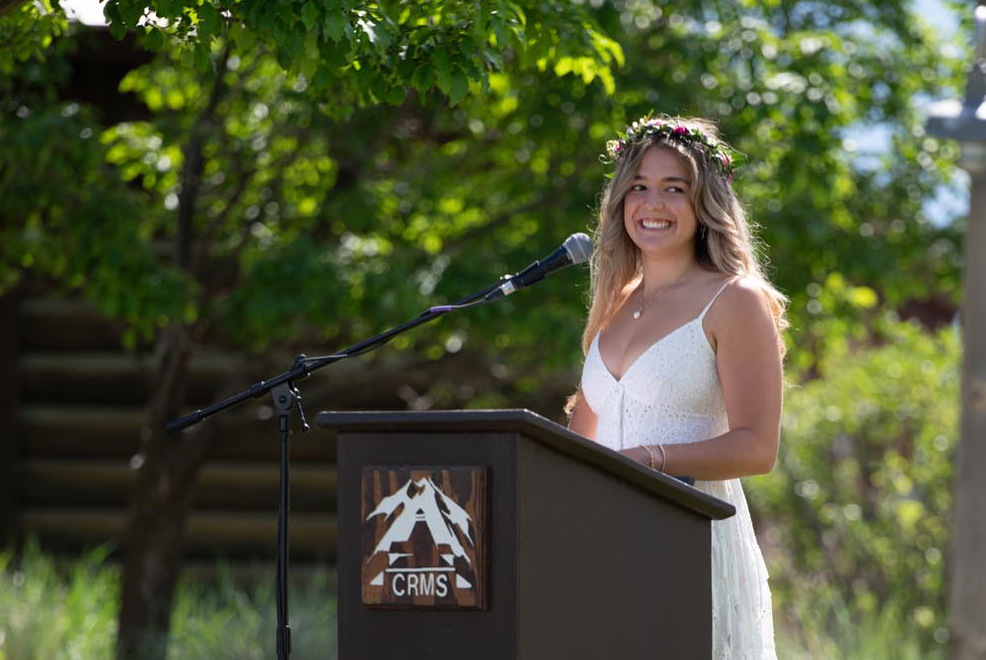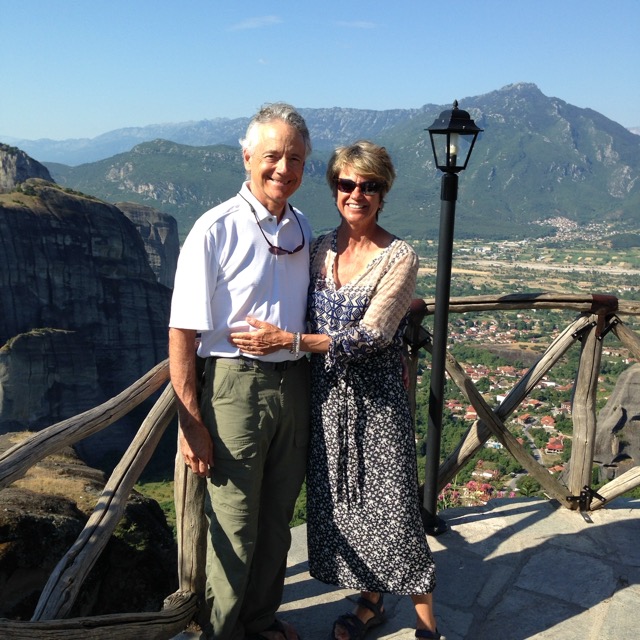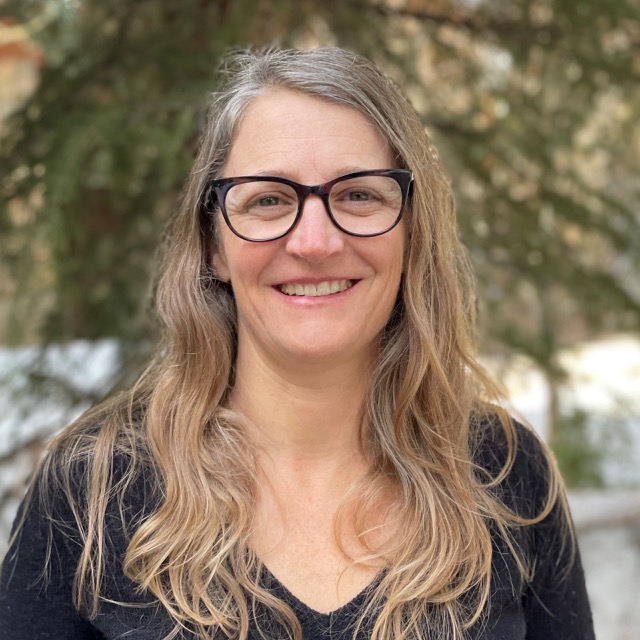The Art of Blacksmithing – An Ancient Art Flourishing at CRMS
The floors and walls of the timbered room are cloaked in black soot that rises in little puffs as you walk around. A metallic clang of hammered iron resounds. Scroll work, decorative iron work, hammers, and jigs hang on the walls. The scene could be straight out of Dante’s Inferno, but in fact it is the forge at Colorado Rocky Mountain School. This, in fact, is one of the only educational on-campus high school forge in America. Here, students learn the ancient art of blacksmithing and create ironworks from railings to coat hooks that are used across campus. It’s a hands-on class where students put their chemistry and geometry skills to the real-life test, one that has its roots in antiquity. At CRMS students can have this experience in an academic, work-crew, and Interim setting. Once students are introduced to the craft, they are able to pursue their own interests and work. So one might wonder how CRMS came be to be at the forefront of this blacksmith educational scene.
Blacksmithing at CRMS dates back to the mid sixties when teacher Wes Horner set up a small shop by the administration building. He taught blacksmithing as an evening activity in the summer sessions of 1969 and 1970. The program expanded when alumnus Jesse Steindler ’75, who taught at the school in the early ’80s, helped Horner set up four forges in a shed at the north end of the campus, near the old Headmaster’s house, where classes were held for several years.
Wes Horner had often helped renowned blacksmith Francis Whitaker at his shop in Aspen. Francis had learned the craft as an apprentice around the time of World War I, and he was a traditionalist. He had worked for Samuel Yelling in Philadelphia and The Schramm Shop in Germany, and had his own shop in Carmel, CA, before he moved to Aspen in 1963. CRMS faculty member David Powers commented on Francis’s work, saying, “He was able to do very difficult things in a beautiful way, so that they looked simple.”
When Francis decided that it was time to move on from owning his shop in Aspen in the late ’80s and was trying to decide what to do next, Wes got him to come to Carbondale and meet Chris Babbs, Headmaster at the time. Francis was inspired to start giving workshops in blacksmithing, so the teaching facility at CRMS was a natural evolution. Francis said of the transition, “My ten-year search for someone to take over my business had ended in failure. I just couldn’t find a worthy successor. So I decided to donate my shop, my tools, and materials to an appreciative institution, and I found the Colorado Rocky Mountain School. The school responded with immediate interest in my shop, equipment, and me!” Francis provided the base funds to build the blacksmith shop that would come to be known as The Mountain Forge. With lots of help from the rest of the community, this project started in 1989. The purpose of the shop was for blacksmith, ceramics, and welding classes, for both CRMS students and people in the community. CRMS students played a huge role in building the forge by helping with carpentry, wiring, sheet rocking, and even put¬ting on the roof. As soon as the forge was built, Francis began hosting workshops and conferences for the community. Francis reflected on his time teaching at CRMS and said,
“I feel I have finally found a good home for the Forge and, not incidentally, for me.”
One of Francis’s most enthused students, Gordo Stonington, was a teacher at CRMS. When Francis died in 1999, Gordo took over the blacksmithing program. When Gordo retired in 2008, Elliot Norquist got involved, along with David Powers and later Matt Haugh. Since 1989, there has been an annual conference of blacksmiths at the forge in early August, hosted by the Rocky Mountain Smiths.
CRMS is committed to the long-term health of its blacksmithing program and to preserving the legacy left by Francis Whitaker.
To learn more about our blacksmithing program, click here.
 MYCRMS
MYCRMS
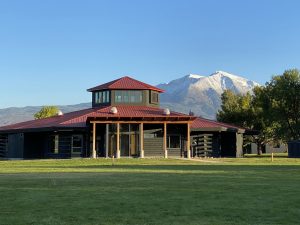
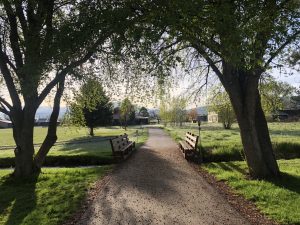
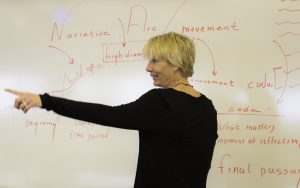
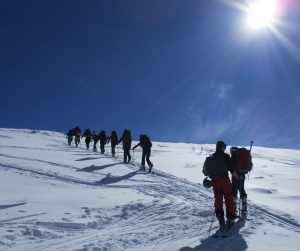
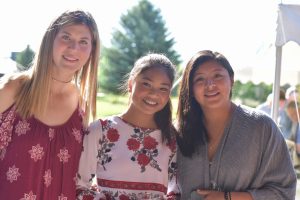
 Virtual Tour
Virtual Tour